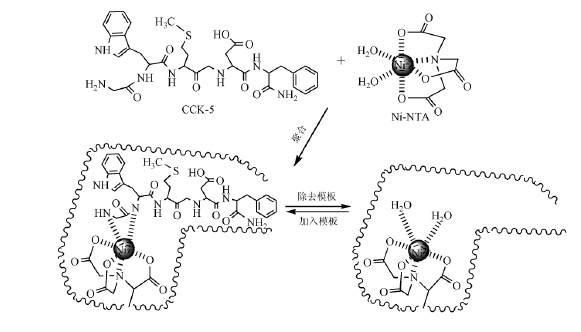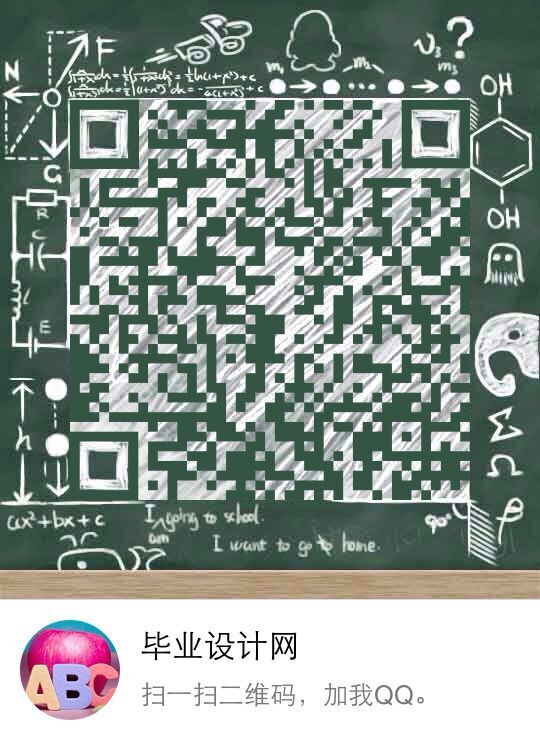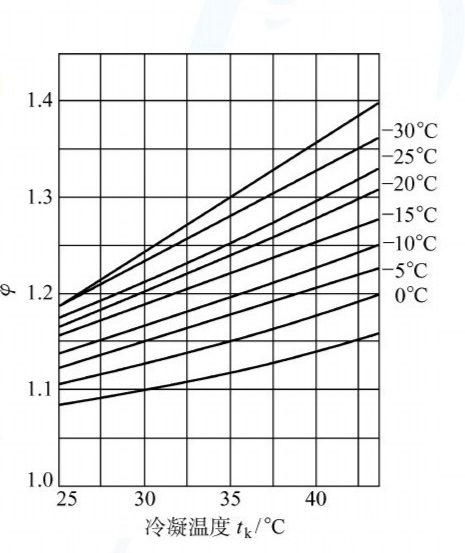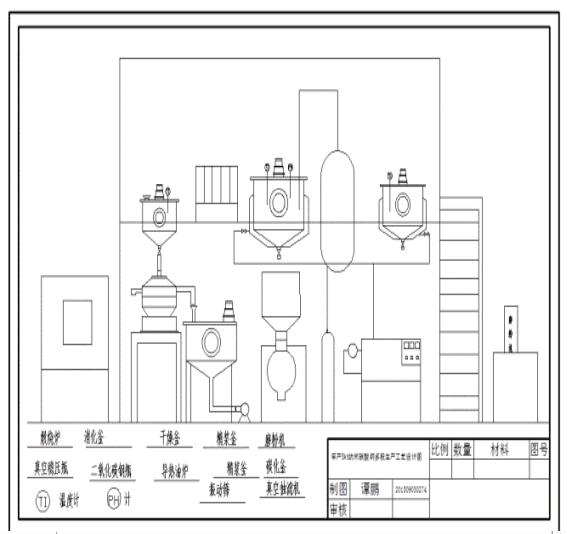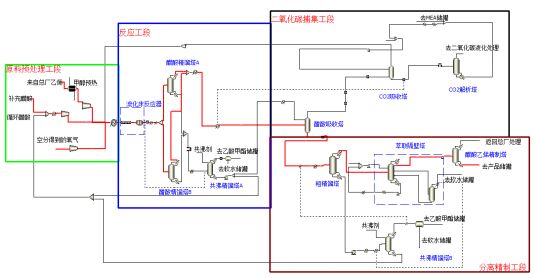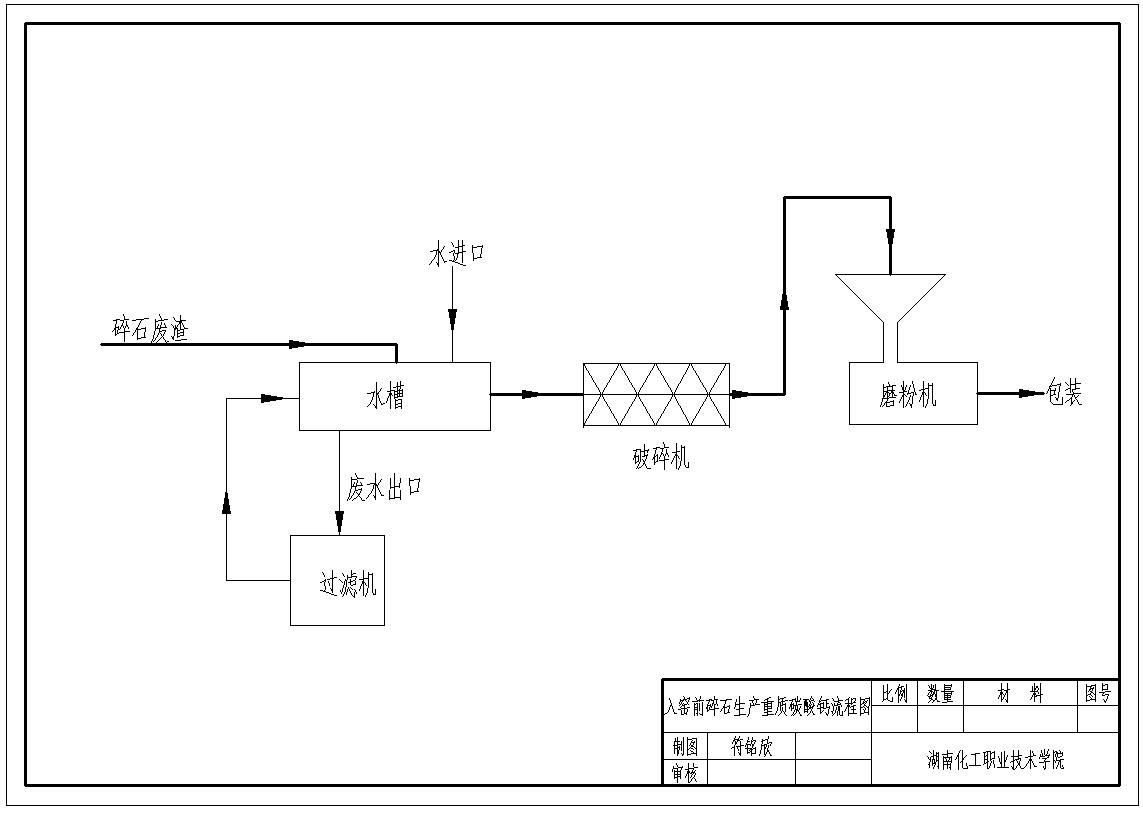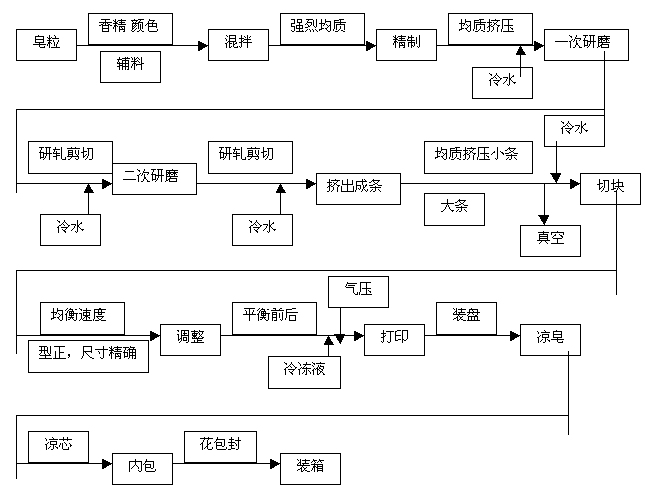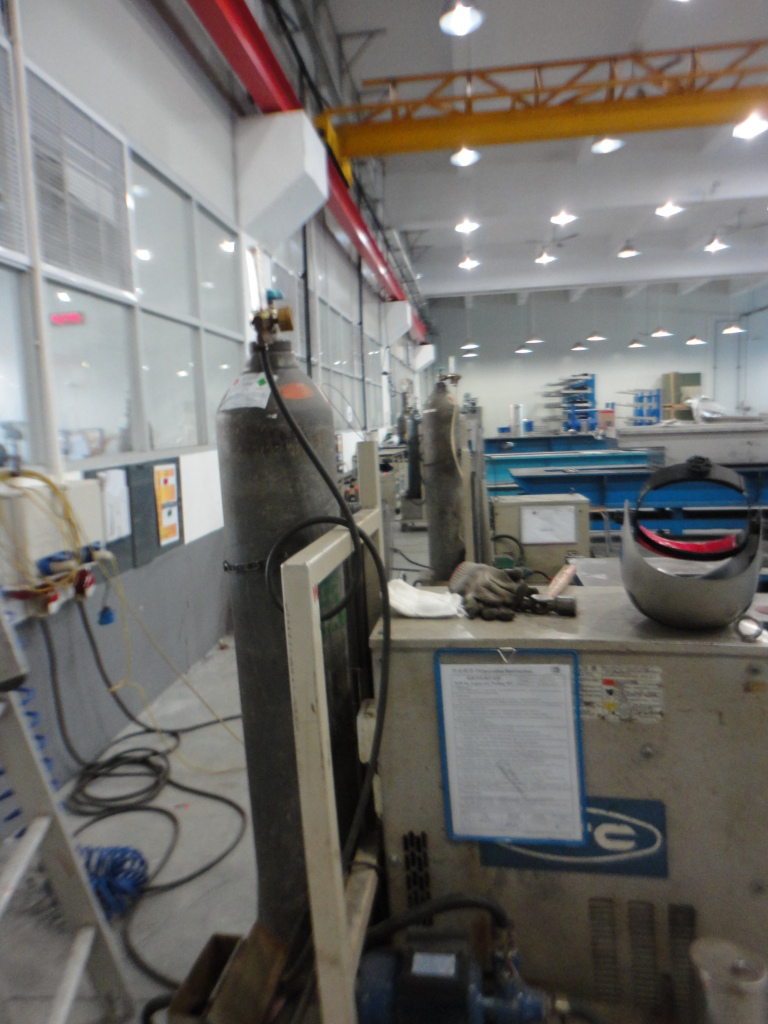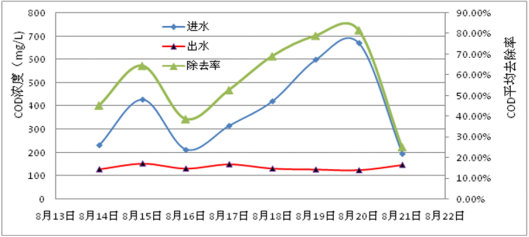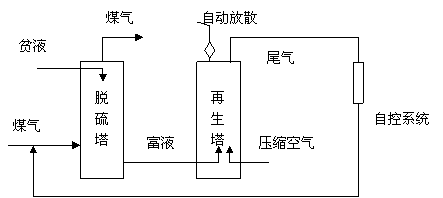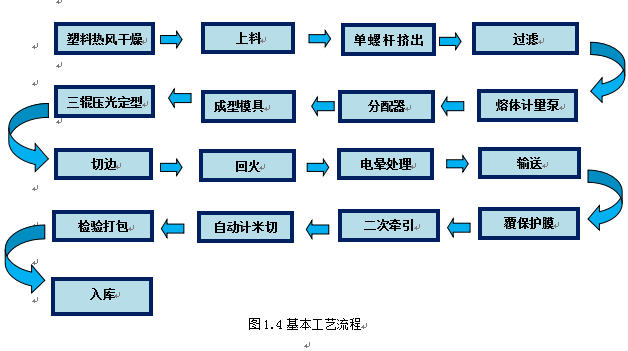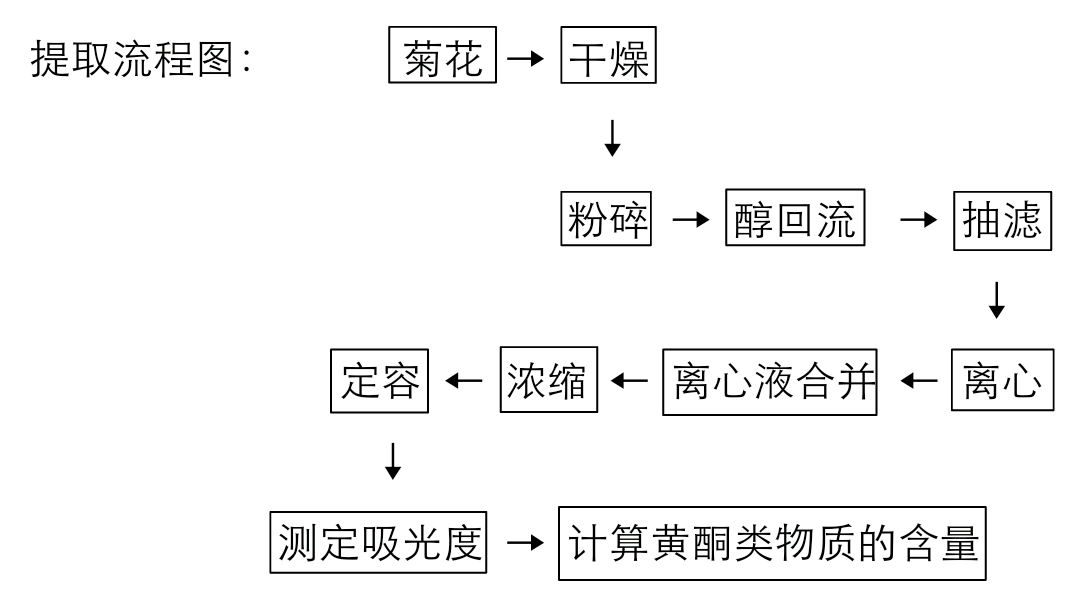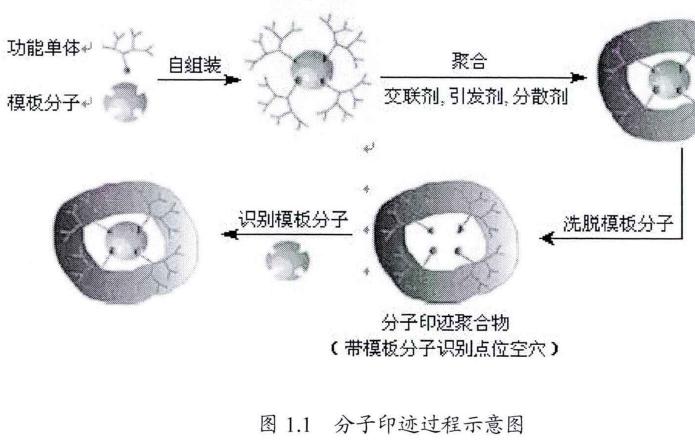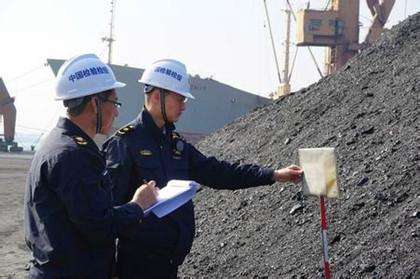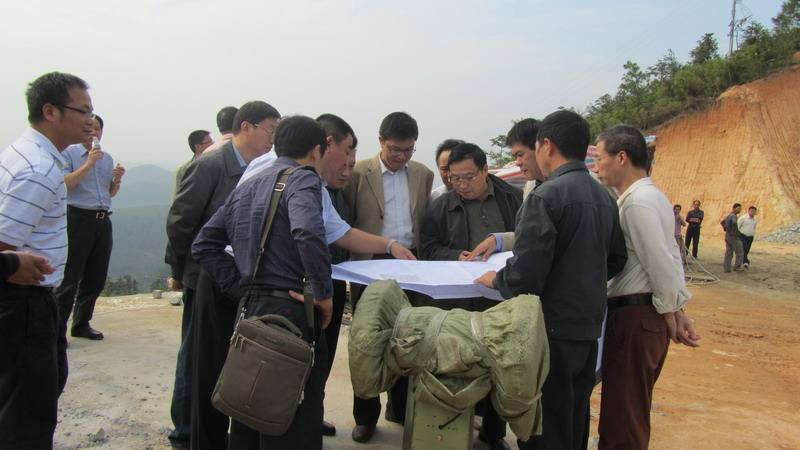��ICP��112451047180��-6
��ϸ����
ͭ����ӡ���ۺ��P�����������о�����ҩ�����﹤����
ժ Ҫ��������ӡ�������ķ�չ������Ҫ��ѧ����Ӧ�ü�ֵ������������йص�ӡ���������ڷ���ӡ�������е�ǰ�����ݣ�����������������ֵ�ù�ע��һ���Խ���������Ϊģ�������ӡ����������һ�����ý���������������ӵ���λ���ôٽ���ʵ���������ӵķ���ӡ�����������ĶԽ������������й�ͭ���ӵķ���ӡ��������չ���˻عˣ�������ӡ���ۺ����ԭ�����Ʊ�����������Ĥ���롢������ȡ���绯ѧ�Ȼ�ѧ�����е�Ӧ��, �����ӷ��롢�����ʹ���ʶ����������Ź�����Ӧ��ǰ�����ڴ˻����ϣ���Ϊ����ӡ��������һ����Ҫ��չ����ͭ����ӡ������Ŀǰ���ڵ������δ���ķ�չ��������˷�����չ�������ñ���ۺϵȷ����ֱ��Ʊ�����ͭ(II)����Ϊģ�������ӡ���ۺ���Ծۺ���Ӧ�á���������������ԭ���Ƚ������о����ؼ��ʣ�ͭ����; ����ӡ���ۺ���; ����ӡ��; Ӧ��AbstractMetal-ion imprinting technology shows a bright future in the areas, Researches on metal-ion imprinting technology have attracted more and more attention from scientists. Two aspects of metal-ion imprinting technology have been considered as the main fields. One is the metal-ion imprinting technology using metal-ion as template��the other is the biological molecular imprinting technology promoted by metal-ions through coordination action.This paper presents a review on the development of Cu-ion molecular imprinting technology in recent years, the conception, preparation of ion imprinting polymer and its application in chemistry were introduced, the new development of the application of ion imprinting polymer in solid-phase extraction and electrochemistry was emphasized on. The ion imprinted polymers are widely used in ion separation��enrichment and sensing identification areas etc��The principle��as an important development direction of the molecular imprinting technology, the existing problems and future development of copper ion imprinting technology were also analyzed and prospected.Adopt the method of bulk polymerization were prepared respectively with Cu (II) ion as application, the polymer surface features, adsorption characteristics, conditions of adsorption, adsorption mechanism and so on were studied.Keywords: copper-ion; ion imprinting polymer ; molecular imprinting; applicationĿ ¼ժ Ҫ 2Abstract 3��һ�� �� �� 51.1ˮ�������ؽ����ķ����븻�� 61.2����ӡ���ۺ��� 71.2.1����ӡ��������ԭ�� 71.2.3����ӡ���ۺ����Ʊ��ķ��� 71.3����ӡ���ۺ����Ӧ�� 91.3.1�ڹ�����ȡ�е�Ӧ�� 91.3.2�ڵ绯ѧ�����е�Ӧ�� 91.3.3���﷽���Ӧ�� 101.3.4��Ĥ�����е�Ӧ�� 101.4����ӡ������ 101.4.1����ӡ���ۺ���ĺϳɲ��� 10�ڶ��� ʵ����� 122.1ʵ��ԭ�� 122.2ʵ���Լ������� 122.2.1�Լ������� 122.2.2 Cu(��)����ӡ���ۺ���[Cu(��)-MIPs]���Ʊ� 132.3�ۺ���Ե����ƽ������ʵ�� 132.4 Cu2 +�Ĺ�ȷ������� 14�� л 14�ο����� 15�ο�����[1].�콨��,�� ��,ǿ����,ͭ(��)����ӡ���ۺ�����Ʊ������ܣ���ѧѧ����2006,10,1853-1855.[2].Fu Fenglian��Wang Qi�� Removal of heavy metal ions from wastewaters: A review��J�ݣ� Journal of Environmental Management��2011��92( 3) : 407 �� 418��[3].�к��ܣ���С÷������Ȼ����,����ӡ���ۺ�����о���չ���ִ�������2013,33��2��,20-25.[4].Wulff G, Grobe Einsler R, Vesper W, et al. Makromol Chem,1977,178:2817[5].Sellergren B, Lepisto M, Mosbach K. Am J Chem Soc, 1988, 110: 5853[6].������, ����,�����,����ӡ���ۺ��P��Ӧ�ã��߷���ѧ����1988,12.[7].Gulay Bayramoglu��Yakup M Arica�� Synthesis of Cr( ��) -imprintedpoly ( 4-vinyl pyridine-co-hydroxyethylmethacrylate ) particles: Itsadsorption propensity to Cr( ��) ��J�ݣ� Journal of Hazardous Materi-als��2011��187( 1 /2 /3) : 213 ��221��[8].֣ϸ���� ����ɢ����ӡ���ۺ�������Ʊ������μ������о���D�ݣ� �� ��: ����������ѧ��2006��[9].����Ƽ�������ս��ɣ��ȣ� �� Cu2 +���ڷ����������Ϊģ���Ʊ�ͭ�� ��ӡ���ۺ����J�ݣ� ���������ѧѧ����2012��21( 1) :18 �� 21[10].Taher Alizadeh��Somaye Amjadi�� Preparation of nano-sized Pb2 +imprinted polymer and its application as the chemical interface of an electrochemical sensor for toxic lead determination in different real samples��J�ݣ� Journal of Hazardous Materials��2011��190 ( 1 /2 /3) : 451 �� 459��[11].���ڣ� ����ӡ���۹�������ĺϳɼ���������о���D�ݣ�����: ɽ����ѧ��2010��[12].�к��ܣ���С÷������Ȼ�ȣ�����ӡ���ۺ�����о���չ[D]���ӱ����ϴ�ѧ��ѧ����ѧԺ,�ӱ�,2013,33(2):20-25.[13].����ͤ,���ı�.ɫ��, 1994, 12: 388~3891[14].�·�,�����,�������.�й��ȴ�ҽѧ, 2007, 7: 84~861[15].TRosatzin, L Anderson, W Simon et al. J. Chem. Soc. Perkin Trans., 1991 (8):1261~12651[16]. TP Rao, R Kala, S Daniel. Anal. Chim. Acta, 2006, 578: 105~1161[17].K Prasad, R Kala, TP Rao. Anal. Chim. Acta, 2006, 566: 69~741[18].�������շ壮 �Ǿ��ǽ�����������ﵰ����ӡ���ۺ�����Ʊ��������J�ݣ� �߷��Ӳ��Ͽ�ѧ�빤�̣�2010��26( 2) : 125 ��127��[19].������,������,������,ͭ����ӡ���ۺ�����о���չ,�������Ͳ��ϣ�2011,39:38-43[20].�ο���,����,��ά���ȣ���������ӡ���ۺ�����о���չ��2011.[21].�ܽ�,������,ʷ����.������λģ��ۺ���ķ���ʶ�����Ե��о�[J].������ ѧѧ��,1999,15(2):89-93.[22].̷��ΰ������ӡ������Ӧ��[M].����.��ѧ��ҵ����չ��2010,39��12���� 2315-2323.
